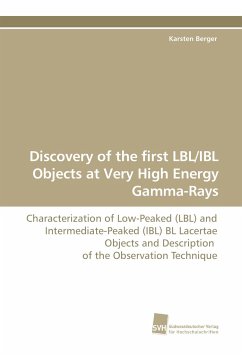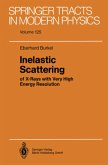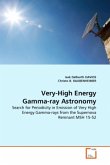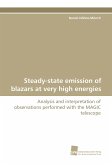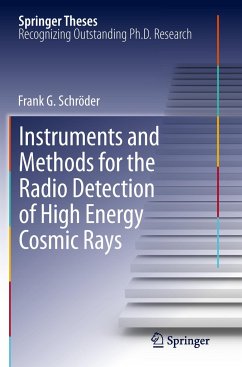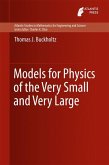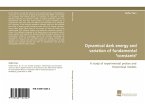20 years after the discovery of the Crab Nebula as a source of very high energy (VHE) gamma-rays, the number of sources discovered 100 GeV using Cherenkov telescopes has quickly grown to almost 100. This book focuses on the search for emission from a particular type of blazars previously undetected at VHE gamma-rays: low-peaked (LBL) and intermediate-peaked (IBL) BL Lacertae objects. These sources emit non-thermal radiation, and exhibit a peak in their radio-to-X-ray spectral energy distribution at UV/IR energies. They dominate source counts from space-borne observations at gamma-ray energies 10 GeV, with spectra that show power-law extensions to higher energies, though theoretical models suggest a turn over at energies 100 GeV. The search was narrowed to the prominent sources BL Lac, W-Comae and S5-0716. Their detections are in line with theoretical expectations, but strain models based on electron shock acceleration and Inverse- Compton cooling. Short variability time scales around one day observed at VHE show that the gamma- rays originate close to the putative supermassive black holes in the centers of blazars, corresponding to 1000 Schwarzschild radii.
Bitte wählen Sie Ihr Anliegen aus.
Rechnungen
Retourenschein anfordern
Bestellstatus
Storno

